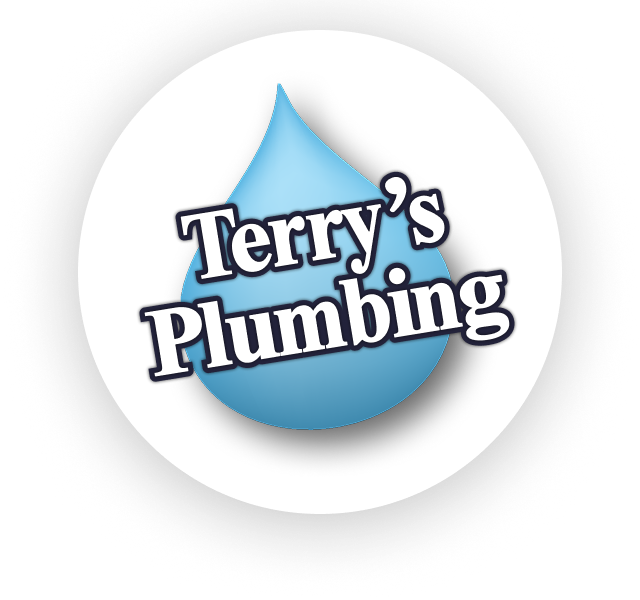Pro TIps
How To Pressure Test Plumbing Pipies
It’s a good idea to test water pressure in your home a couple of times per year. Testing water pressure is quick and easy, and all you need is a simple and inexpensive pressure gauge. Pressure-testing plumbing pipes is useful to spot potential problems within your plumbing system. As a homeowner, you would want your water pressure to stay on safe levels.
After all, a lot of aspects in your life depend on the plumbing, from washing the dishes to taking a warm shower. If you feel confident enough to tackle this job, simply follow these steps to ensure that your pipes are in good condition.
Step by Step Process
First thing’s first: You would want to turn off the main shutoff valve. This means that no one should be using or running the water as you perform the test.
Once ready, it’s time to place the cap over the stub-outs. A test cap is ideal for this. Depending on the kind of pipe, you may need to do some gluing to accomplish the step. Remember that after the test, you are going to be cutting off the caps, so make sure you attach them in a way that they can be easily removed.
Next, search your piping system for an ideal spot where you can place a pressure gauge and an air compressor hose.
The test can officially begin after the steps above have been completed. To start the test, the compressor should be turned on for 15 minutes, which will air-fill the pipes so the gauge can attain the appropriate test pressure. Aim for five pounds of pressure through the lines, making sure to observe the readings on the gauge.
If all is well, the readings shouldn’t exceed 75 lbs per square inch. A number higher than that would mean that your pipes are suffering under too much pressure, causing them to deteriorate in a shorter amount of time. If this is the case, consider installing a pressure-reducing valve. On the other hand, a reading that goes below 30 lbs per square inch could be a sign of a leak somewhere in your water system.
To double-check for leak points in your pipes, mix liquid soap with water. If you have liquid glycerin, add two teaspoons of that. Rub the solution on the pipe connections around your house. If air bubbles form, it means your pipes are suffering from leakage, which possibly explains the low pressure.
Get Super Terry!
Keep these steps in mind the next time you need to pressure-test your plumbing pipes. Of course, you don’t have to do it by yourself. There are plenty of 24 hr plumbing Pittsburgh services that boast years and years of experience. When in doubt, pick up the phone and call Terry’s Plumbing. With our 24/7 emergency plumbing service, we are sure to serve you ASAP.
